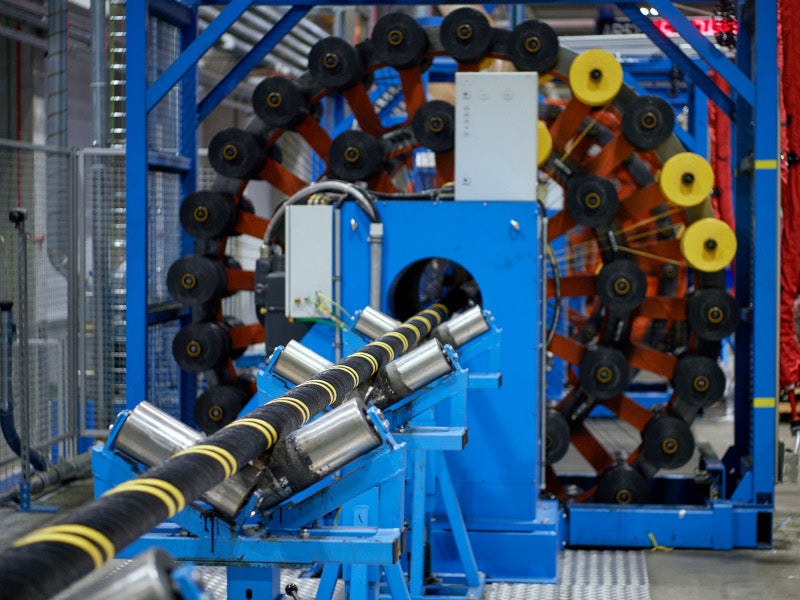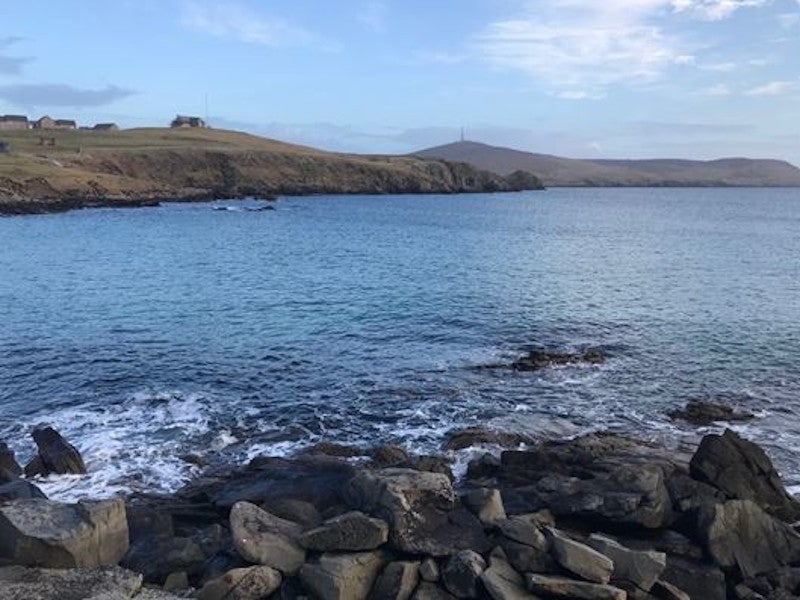The Shetland interconnector is a proposed high-voltage direct-current (HVDC) transmission link to transmit 600MW of renewable electricity between the Shetland Isle and the mainland Scotland.
The project also involves a 320/132kV substation and a HVDC converter station at Upper Kergord on Shetland, and an HVDC switching station north of Wick in Caithness.
The Scottish and Southern Electricity’s (SSE) Scottish and Southern Electricity Networks (SSEN) transmission division is the developer of the project.
The construction on the project is expected to be started in 2021 with the grid connection expected by 2024. The project will employ up to 250 people during the peak construction period.
The Shetland interconnector will be the first of its kind subsea transmission link project to connect Shetland to the Great Britain power grid.
Shetland interconnector project objective and background
The proposed transmission link is intended to ensure a secured electricity supply for the Shetland Island replacing the Lerwick power station, the main electricity supplier, which is expected to cease operations by 2025.
The Shetland Interconnector project will also facilitate the development of the 443MW Viking wind farm which is proposed to be developed with an estimated investment of £580m by Viking Energy, a partnership between Shetland Islands Council and SSE.
The wind farm will comprise 103 units of 4.3MW wind turbines, providing electricity to up to 475,098 homes.
Shetland interconnector route
The Shetland electricity transmission line will be approximately 260km long, of which approximately 10km will be buried beneath the seabed.
It will connect the Yell Wind Farm, where a substation is proposed with connection points at the Beaw Field, Mossy Hill, and the Kergord substation in the Shetland Islands.
The single circuit cables will be laid from the Mossy Hill through the Island. The Caithness switching station in the town of Wick will house will be the mainland connection point for the interconnection system.
Shetland interconnector design
The project will require a pair of 260km of 320kV high-voltage direct-current lines, the cables in the offshore section will be installed using cable-laying vessel NKT Victoria.
The onshore sections of the transmission line will include wood pole trident lines as well as underground cable connections in certain sections.
The cable system will have a 40-year service life. The undersea cable will be developed after pre-lay survey and boulder clearance. It will also involve cable burial, rock placement cable trench ploughing, cable laying and a post-installation survey.
The cables will connect to existing alternate current (AC) networks on the both sides via a HVDC converter station.
Shetland transmission link timeline
The full construction of the AC substation at Kergord and the HVDC converter and switching station at Noss Head are expected to begin in 2021 following the completion of enabling works that are due to start in August 2020.
The installation of subsea cables is expected to take place between 2022 and 2023.
Contractors involved
Danish cable services provider NKT was awarded the turnkey contract worth €235m ($276m) for the Shetland HVDC interconnector project in July 2020. The power cables will be manufactured in Karlskrona, Sweden.
Siemens BAM will construct the 132kV AC substation at Kergord, while Hitachi ABB Power Grid is responsible for supplying and commissioning the HVDC transmission system.
BAM Nuttall will perform civil engineering works including the construction of all buildings.





